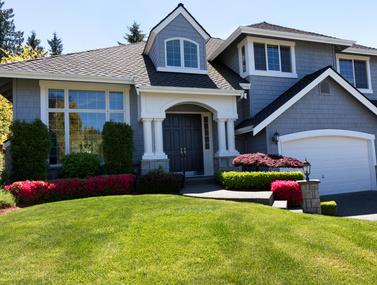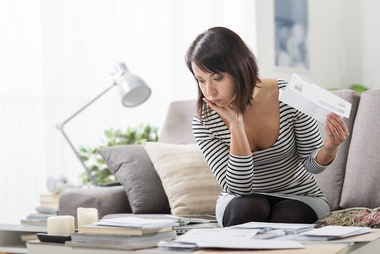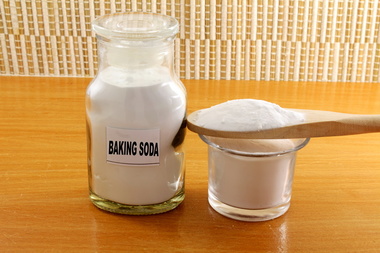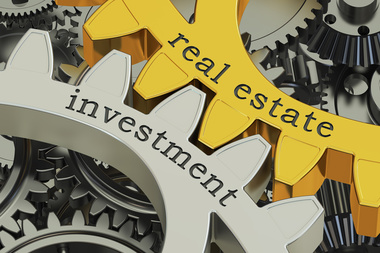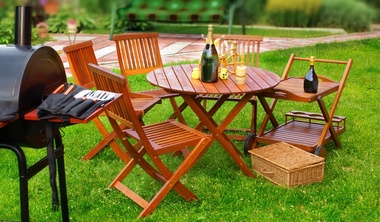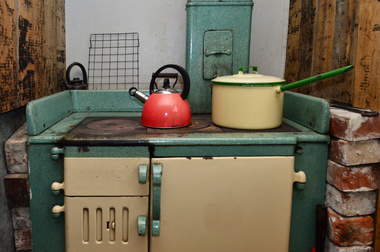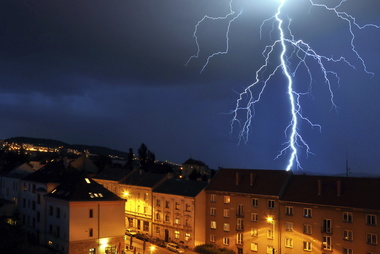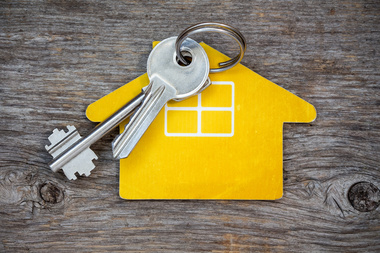Every piece of furniture has a story. Maybe your mother gave you that armchair before she passed. Maybe you rescued that dining chair off the side of the road one day. Maybe you got that dining table at a garage sale and it has a crazy story attached to it.
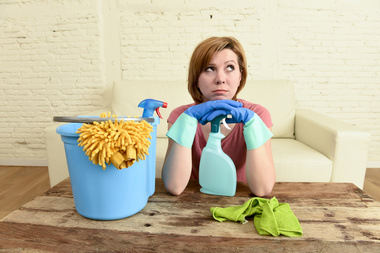
No matter the reason, we know your furniture is special to you. That's why it's important to take extra care when cleaning it. Here's how to clean your most beloved furniture pieces.
Read the Tag
The biggest piece of advice we can give you is to follow the instructions on the tag for your upholstered furniture. Not every piece of upholstery should be cleaned the same way, since many pieces are made with different fabrics. You can check to see how each piece should be cleaned by turning the piece over or on its side and finding the tag.
The tag, however, is encrypted with shorthand: abbreviations that, when translated, reveal the secrets to cleaning your furniture. We can help you crack that code.
If you see these letters on the tags, here's what they mean:
- C is for Crypton cleaning.
- S is for solvent or water-free cleaning.
- SW is for water-based or dry-cleaning methods.
- W is for water-based cleaning.
- X is for professional cleaning.
It's pretty tough to get vinyl dirty because it's stain-resistant, but there are some resilient dyes and inks that can damage the material. To clean it, mop up the spill as quickly as possible with a damp cloth to avoid setting. Then, create a soap and water solution and clean the vinyl using a soft-bristled cleaning brush. Rinse the material and pat dry. The stain should be lifted!
For tougher stains, you might try concentrated cleaners. Follow the instructions on the bottle accordingly.
Wonderfully Clean Wood Furniture
Wood is easy to get dirty, but difficult to clean without damaging or scratching it. You can avoid rings and messes by using coasters, but if the damage is already done, here's what you can do to clean the wood.
If any kind of liquid spills on the wood, wipe it up as soon as possible. Even water can warp the wood if left unattended.
Dust the wooden surface with a soft cloth. You can spritz some wood polish on the cloth before dusting if you'd like. Avoid using a washcloth, as this will scratch the wood's surface. If you use a certain type of wood polish, become a brand loyalist. You don't want to mix chemicals from different products, as this can also damage your furniture.
Cleaning your furniture is the best way to prepare your home for showing. For other tips on how to upgrade your home before selling it, call or email us today.
